An expert guide to investing in the right lamps
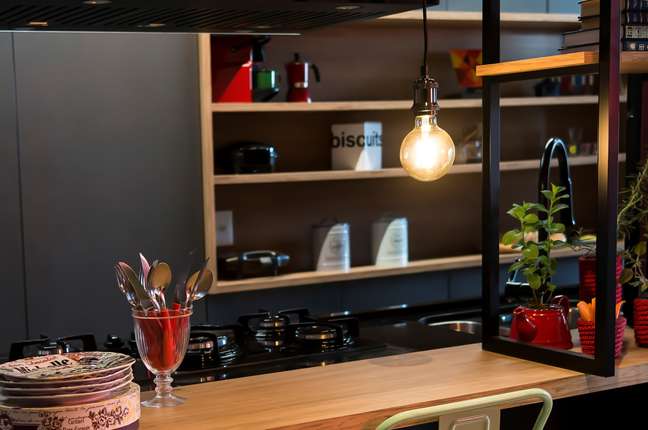
The lighting project is a fundamental part of any decoration. Color, temperature and types of lamps, fixtures and suitable LED strips create the perfect atmosphere for any room. However, the choice is not always obvious. Check out the most frequently asked questions Yamamura answered here:
Direct, indirect and diffused light
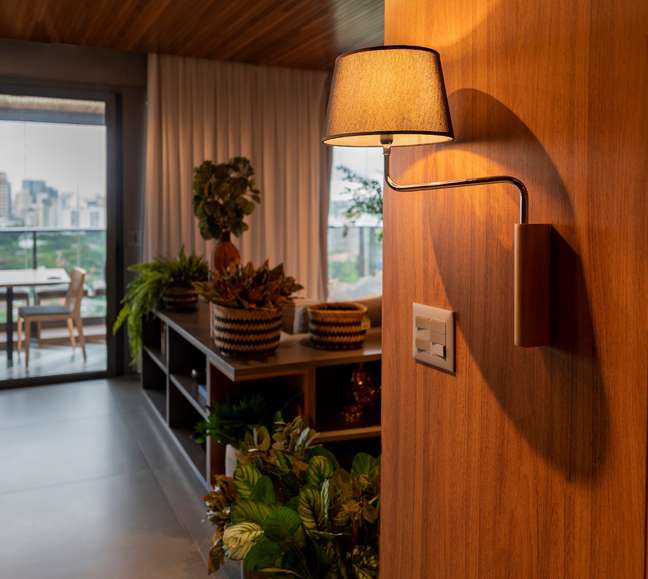
These are very common terms, however many people keep getting confused. According to Yamamura, represented by his Design and Trend specialist, Gabriela Yokota, the Direct light it consists of all the lighting that falls directly on a given space without the use of any screen.
It is widely used to highlight an object or part of a room if the light is direct and more focused.
On the contrary, we have the indirect light – where the lighting bounces and then spreads into the environment it is softer. An example of this type of light can be seen in the illuminated plaster moldings.
Finally, the Diffused light it is the one that, unlike point light, illuminates uniformly, that is, it diffuses the light more generally in space.
Lumen and Watt
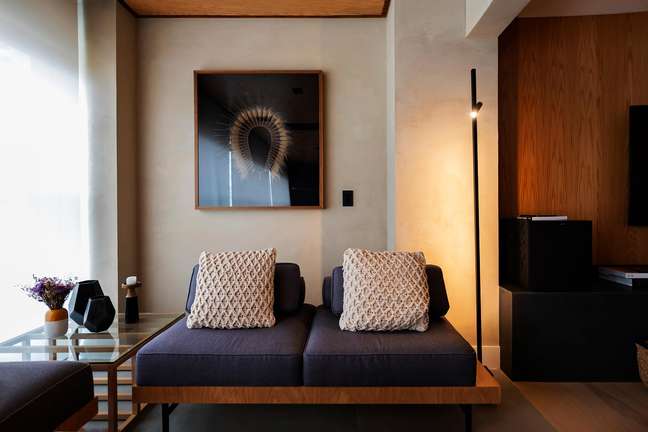
This is another topic that also creates confusion. So it’s worth clarifying:
- Lumen (lm): unit of measurement of the luminous flux. From this it is possible to know if a lamp is more or less intense. These are essential data to avoid making mistakes in choosing the lighting for each place.
- Watt (W): unit of measurement of the power of light, that is, it is what determines how much energy a piece will consume. This term is usually best known as it appears on the electricity bill.
color temperatures
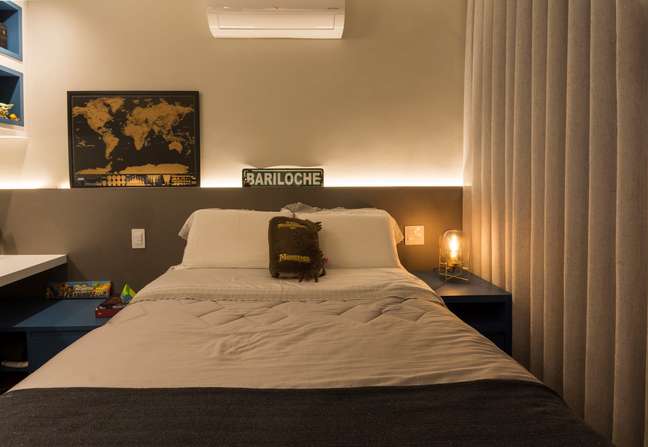
Warm, cold or neutral light? These terms are found quite often in the main articles on decoration, being essential for the well-being of a home.
In lighting, there are three basic color temperatures determined by the Kelvin scale: warm white, neutral, and cool white.
First, warm white (2400K to 3000K) provides a feeling of coziness, so it is suitable for spaces that need tranquility, such as living rooms and bedrooms.
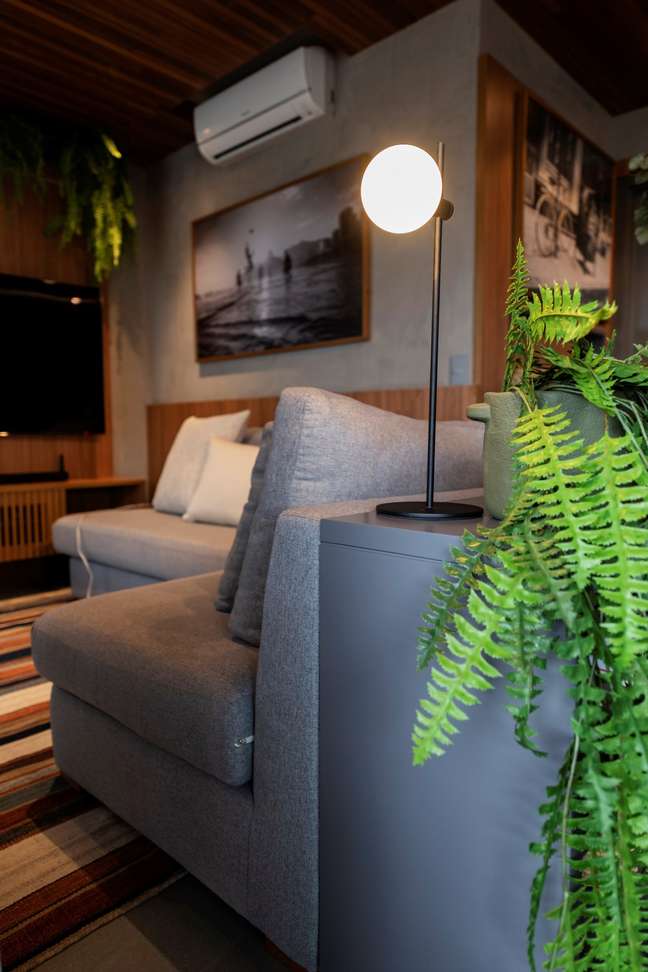
The neutral color temperature (about 4000 K) is mostly used for practical purposes that do not interfere with the color tone of objects. In bathrooms, or in make-up corners, for example, it is ideal so that the shades of foundation and lipsticks are not affected by light.
In the case of cool white color temperature (5000K to 6500K), the light brings more feeling of agitation and coldness, therefore very suitable for places that require user concentration, such as offices, home offices, kitchens or laundries. .
Color rendering and protection indexes
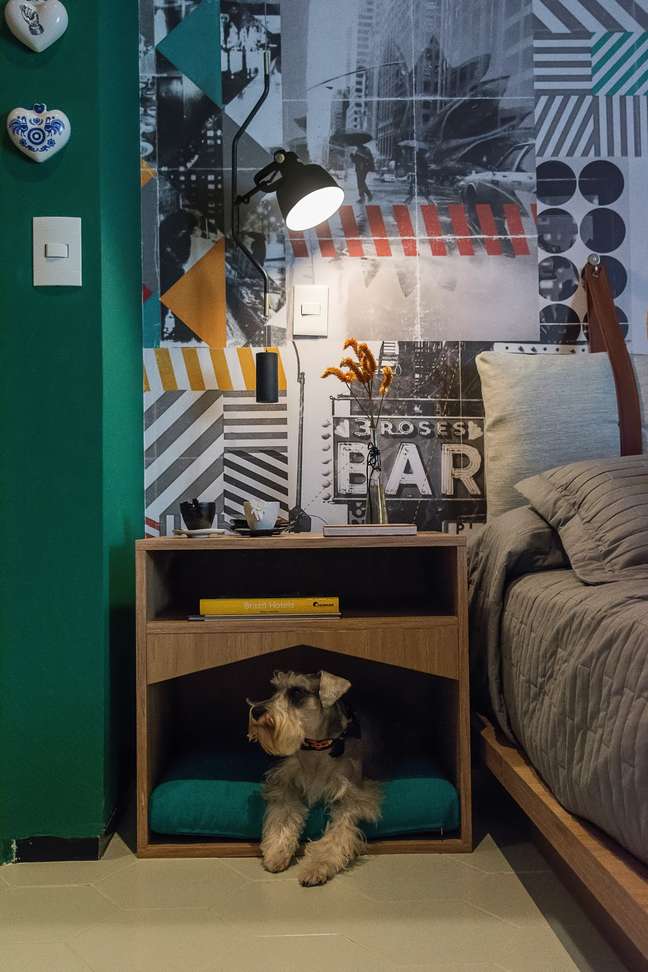
Two very important acronyms in lighting, but that few people know, refer to the theme of the IRC (Color Reproduction Index) and the IP (Protection Index). According to Yamamura’s team of experts, the first is about the color fidelity of objects with the incidence of light (closer to 100, more faithful).
The second informs, in a practical way, whether or not the lighting can be used in outdoor spaces (depending on weather conditions) or in swimming pools. For example, an index greater than 65 (IP65) is resistant to dust and water jets. The IP67 is also resistant to dust and even temporary immersion in water.
Lighting project
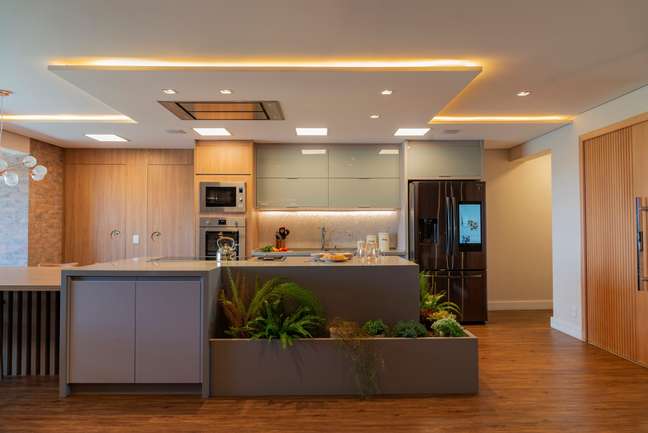
When renovating, many people make a very common mistake: thinking about lighting at the last minute, only when buying products. In this way, incredible ideas are lost, as the arrangement of the light points will determine where, how and which pieces will be inserted. That is why it is necessary to pay attention to the lighting project at the beginning of the work. One of the advantages of the design, for example, is the possibility of flexibility and adaptation of the lighting to other types of projects, it also allows you to highlight any architectural details, functions and / or sensations for certain user needs.
Source: Terra
Benjamin Smith is a fashion journalist and author at Gossipify, known for his coverage of the latest fashion trends and industry insights. He writes about clothing, shoes, accessories, and runway shows, providing in-depth analysis and unique perspectives. He’s respected for his ability to spot emerging designers and trends, and for providing practical fashion advice to readers.



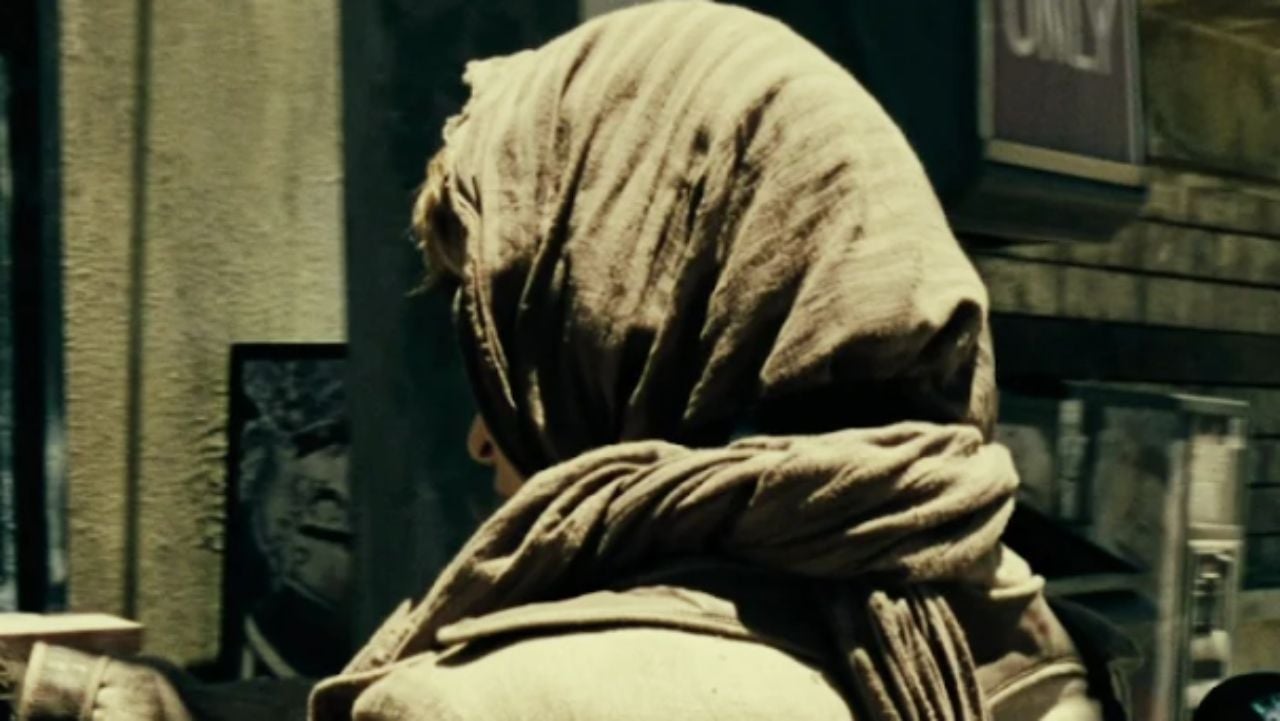

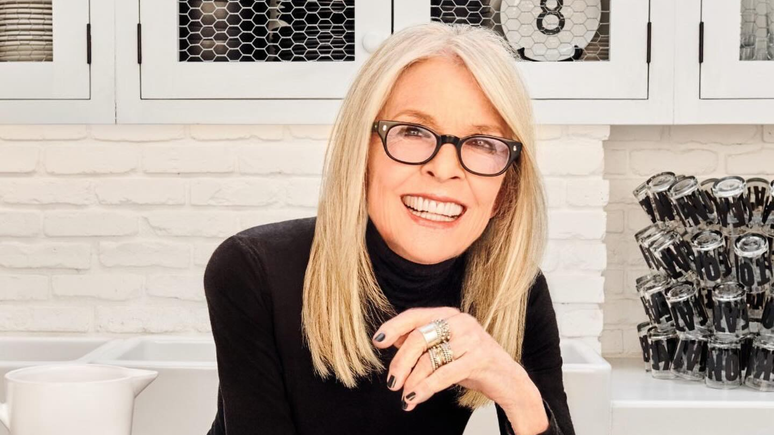
![Un Si Grand Soleil preview: Thursday 16 October 2025 episode recap [SPOILERS] Un Si Grand Soleil preview: Thursday 16 October 2025 episode recap [SPOILERS]](https://fr.web.img6.acsta.net/img/23/e8/23e803cee5b560481303033f6e86fd7e.jpg)
